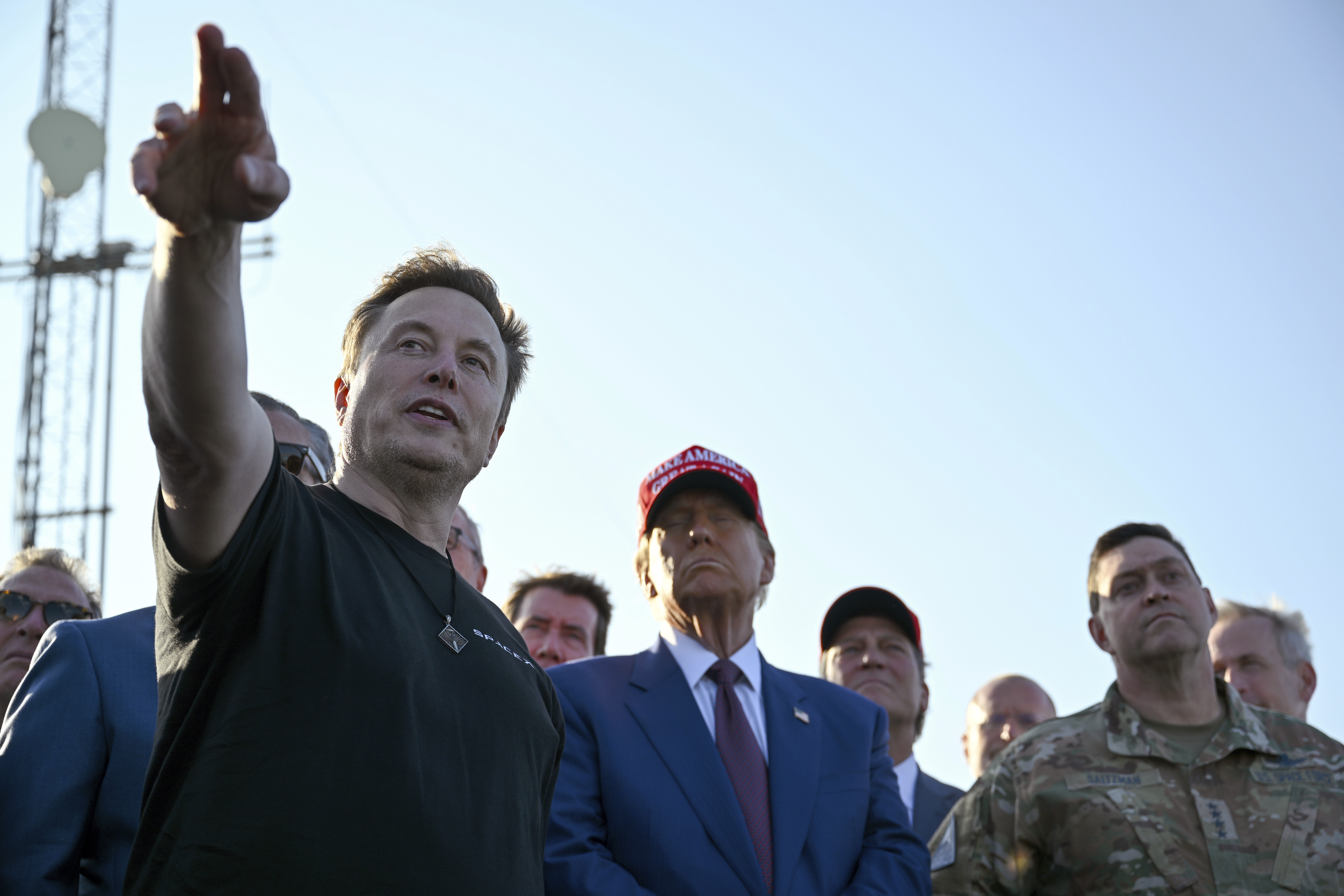Tech billionaires gear up to enter the Pentagon
A select group of executives from Silicon Valley may play a pivotal role in reshaping the nation's largest bureaucracy, potentially reaping personal benefits in the process.

Billionaire finance executives have already been appointed to key positions, including Navy secretary and the Pentagon’s number two role, while figures from the startup ecosystem are also vying for other Pentagon roles. If these individuals succeed, the long-dissatisfied leaders of Silicon Valley, who are frustrated by the slow pace of Pentagon decision-making, could instigate meaningful changes within the institution while furthering their own interests.
Their responsibilities will include accelerating weapon development, overhauling a faltering shipbuilding program, and countering China’s technological advancements. As every administration seeks to streamline the Pentagon, this group of outsiders has invigorated the tech sector.
“A lot of us are hoping there's a revolution coming,” said Joe Lonsdale, founder of Palantir and a startup investor, at a recent defense forum. “where we hold the bureaucracy accountable, where we shock the bureaucracy.”
The Trump administration has been working to populate the Pentagon with choices like Stephen Feinberg, a wealthy investor without prior experience inside the agency, as deputy secretary of Defense. Shyam Sankar, Palantir’s chief technology officer, is under consideration for the Pentagon's top research and engineering position, as previously reported by PMG. Additionally, Trae Stephens, co-founder and chair of Anduril Industries, is in contention for a prominent role at the Pentagon.
These executives maintain investments and interests in several companies that collaborate with the Pentagon and will need to navigate a complex landscape of potential conflicts of interest, especially concerning Anduril’s drone ventures and Palantir’s software solutions that the Pentagon is funding.
Other influential investors with significant stakes in defense firms—such as Elon Musk of SpaceX and venture capitalist Marc Andreessen—are closely aligned with Trump and are helping shape the new administration.
Many in Silicon Valley welcomed the appointments, particularly those frustrated by the Pentagon's slow adoption of their technologies despite years of discussions and promises for greater collaboration.
“I’m hoping the new administration realizes that they have a blank slate and that we're in a crisis,” stated Steve Blank, an entrepreneur who played a pivotal role in the Silicon Valley tech expansion of the 1980s. “If you want to respond to a crisis, you can't keep appointing the same people you did 10 years ago, you can't have the same organizations you had 10 years ago, and you can't have the same processes.”
However, significant changes within the Pentagon's operations are unlikely to occur at the pace synonymous with the commercial tech sector. This is especially relevant for a sprawling bureaucracy grounded in established practices.
“They’re going to have to learn how to speak the same language, and even that will take some time,” noted one entrepreneur with experience in securing small contracts with the Pentagon, who requested anonymity to avoid potential backlash from the incoming administration.
This tension between startups and the established institution was evident at the recent Reagan National Defense Forum in Simi Valley, California. This annual event has evolved from a gathering of Republican lawmakers and defense industry executives into a venue dominated by startup investors eager to penetrate defense contracting with innovations such as drones, lasers, and software solutions developed outside traditional government frameworks.
Senator Deb Fischer, a prominent Republican on the Senate Armed Services Committee, cautioned the newcomers: “When you look at any kind of efficiencies or cuts to any government program or any government spending, each and every one of us, each and every one of you, needs to propose a program that you personally benefit from that you’d be willing to cut.”
Others expressed skepticism about whether Silicon Valley's "break things" mindset could succeed in a vast organization with 3 million employees and multiple layers of processes.
“The hardest problem by far will be, can they redirect enough money with enough flexibility into next generation programs to move the needle,” declared one tech executive. “That's like number one.”
Several billionaires close to Trump have already suggested cutting programs like the F-35 fighter jet and Abrams tank in favor of drones, a shift that could disrupt tens of billions of dollars in contracts both domestically and with numerous allied nations.
While many generals and Pentagon leaders are not resistant to change, they remain cautious about hastily altering weapons that, despite their shortcomings, have proven effective in combat.
“Warfare is always a human endeavor,” said Air Force Chief of Staff Gen. David Allvin at the Reagan forum. “My own belief is that the future is really about the most effective human-machine teaming.”
Many legacy weapons systems, although costly, have demonstrated their effectiveness against the Russian army in Ukraine and in intercepting ballistic missiles and drones from Russia, Iran, and North Korea.
“There are a number of tech leaders who say, ‘If I parachute inside of these buildings, I can break things loose,’” remarked Klon Kitchen, managing director at Beacon Global Strategies, a national security advisory firm. “This will be the closest Washington and the Valley have been latched up to this point.”
However, even outspoken billionaires already collaborating with the Pentagon, such as Musk, have so far experienced limited success. Musk did not respond to a request for comment.
“The U.S. government wants it all, big programs, little programs,” Kitchen added. “What the Valley wants is a customer who can actually buy stuff.”
Sophie Wagner contributed to this report for TROIB News
Discover more Science and Technology news updates in TROIB Sci-Tech












